Discuss the pros of using height-adjustable image reading PACS workstations in Oncology and/or pathology labs.
The height-adjustable image reading PACS workstations (Picture Archiving and Communication System) offer several advantages in oncology and pathology labs. Here are some of the key pros:
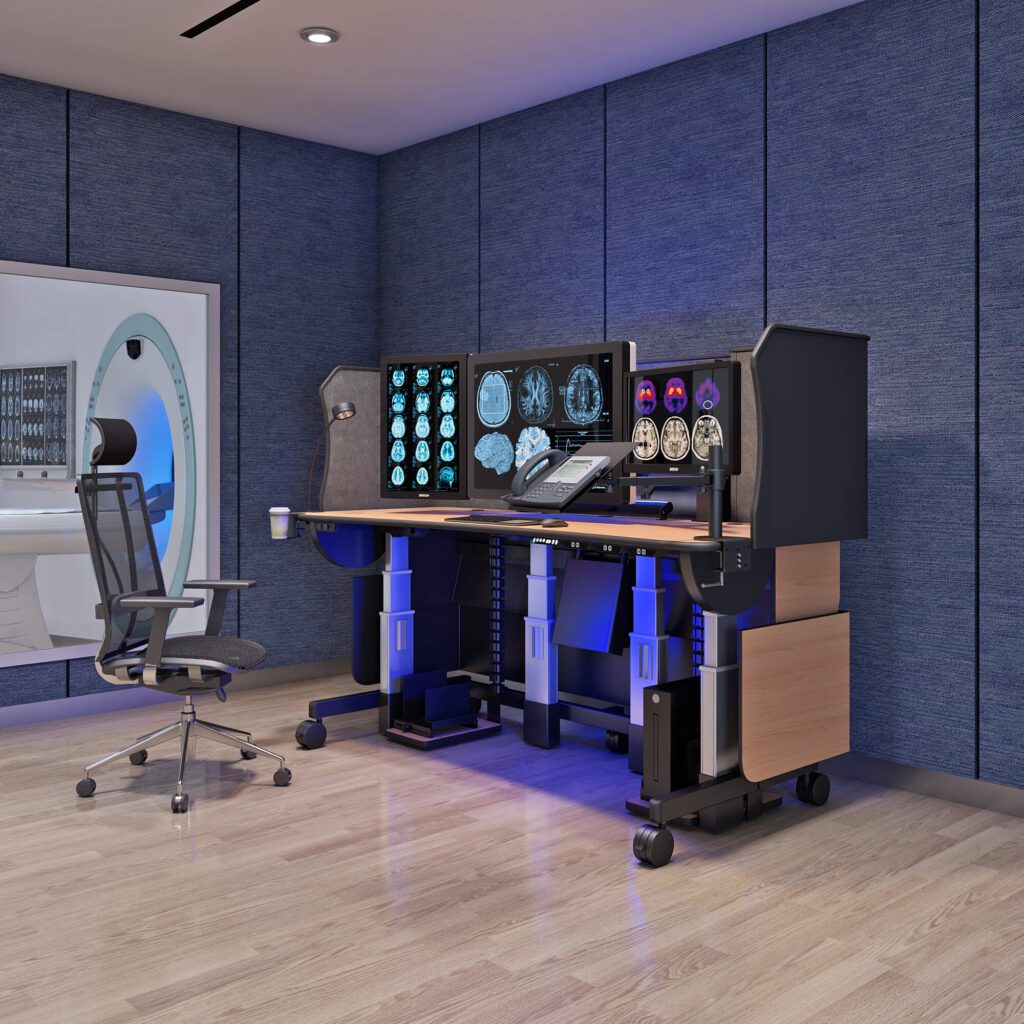
Ergonomic Benefits:
Reduced Strain and Fatigue: Height-adjustable workstations allow healthcare professionals to customize the height of the monitor and work surface, promoting a more comfortable and ergonomic working environment. This can help reduce the risk of musculoskeletal strain and fatigue during long hours of image analysis.
 Improved Productivity:
Improved Productivity:
Customization for Individual Preferences: Different medical professionals may have varying preferences when it comes to the optimal viewing height and angle. Height-adjustable workstations enable users to customize the setup to their individual preferences, potentially leading to increased efficiency and productivity.
Enhanced Collaboration:
Facilitates Team Collaboration: In a collaborative medical environment, where multiple professionals may be involved in the analysis of images, height-adjustable workstations can be beneficial. The ability to adjust the height of the workstation makes it easier for individuals of different heights to collaborate effectively.
Adaptability for Different Tasks:
Versatility for Different Procedures: Oncology and pathology labs involve a variety of tasks, including reviewing diagnostic images, analyzing pathology slides, and collaborating with colleagues. A height-adjustable workstation provides flexibility to adapt to the specific needs of different tasks, ensuring optimal visibility and comfort.
Comfort for Prolonged Use:
Reduced Eye and Neck Strain: Prolonged use of fixed-height workstations can lead to eye and neck strain. Height-adjustable workstations allow users to position the monitor at the optimal eye level, reducing strain and discomfort associated with poor posture.
Compliance with Accessibility Standards:
Accessibility for Diverse Users: Height-adjustable workstations contribute to compliance with accessibility standards, ensuring that workstations are accessible to a diverse range of healthcare professionals, including those with different physical abilities.
 Future-Proofing:
Future-Proofing:
Accommodates Changes in Staff: In a dynamic healthcare environment, staff turnover and changes are common. Height-adjustable workstations provide a level of adaptability, accommodating individuals of varying heights and preferences without the need for major equipment changes.
Improved Focus on Patient Care:
Reduced Distractions: A comfortable and ergonomically designed workspace can help healthcare professionals maintain focus on patient care and accurate image analysis, minimizing distractions related to physical discomfort.
Enhanced Satisfaction and Well-being:
Employee Satisfaction: Providing adjustable workstations contributes to employee satisfaction and well-being. Healthcare professionals are more likely to be content and engaged in their work when they have the tools and equipment that support their physical health and comfort.
Integration with PACS Systems:
Seamless Integration: Height-adjustable workstations are designed to seamlessly integrate with PACS systems, ensuring that the image reading process remains efficient and streamlined.
In summary, height-adjustable image reading PACS workstations play a crucial role in promoting ergonomic comfort, enhancing collaboration, and improving the overall efficiency and well-being of healthcare professionals in oncology and pathology labs.
Call us at: +1 (800) 663-3412 or E-mail us directly at: afcsales@afcindustries.com

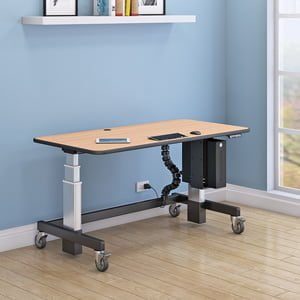
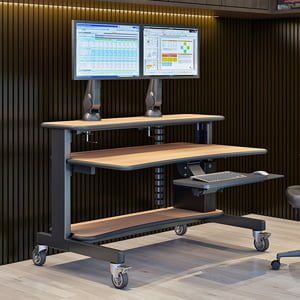
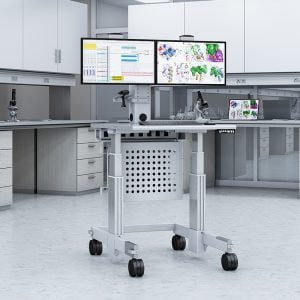

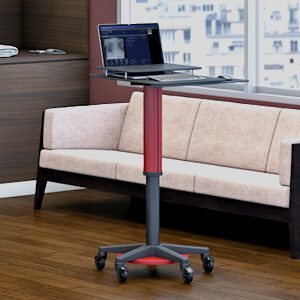
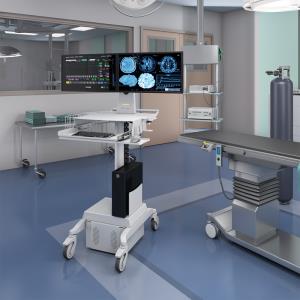
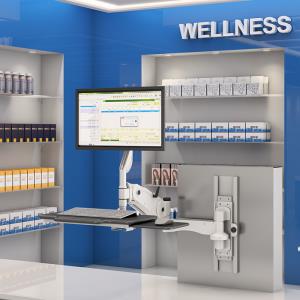
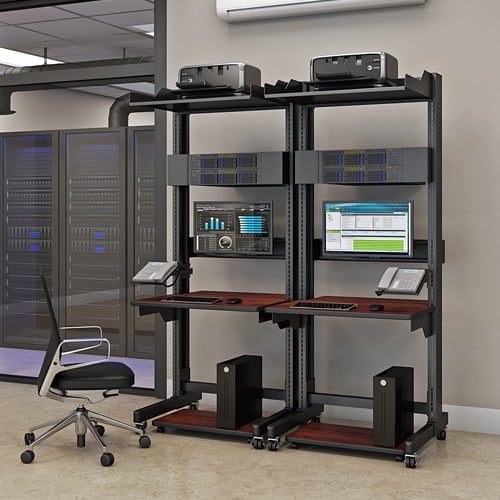

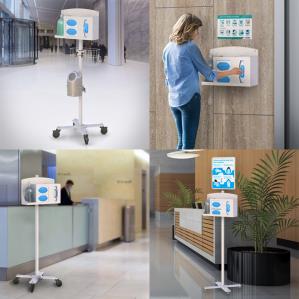
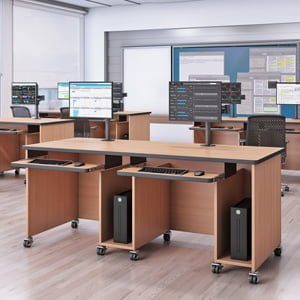
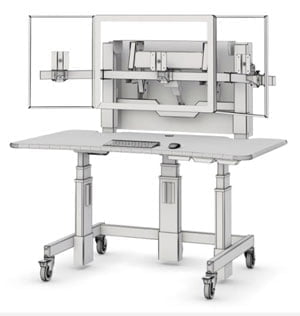
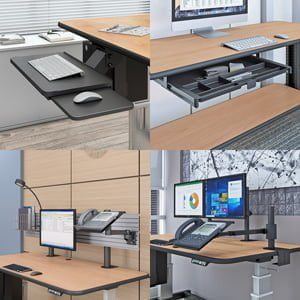
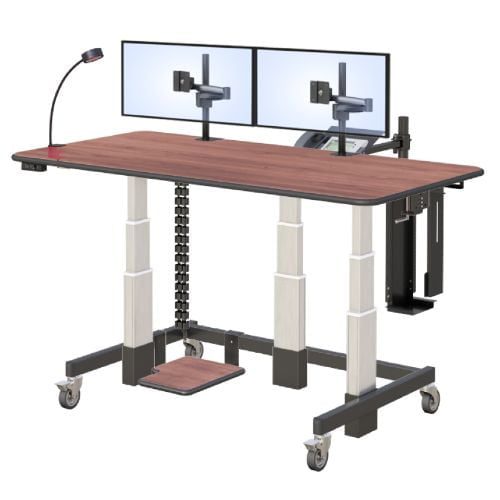
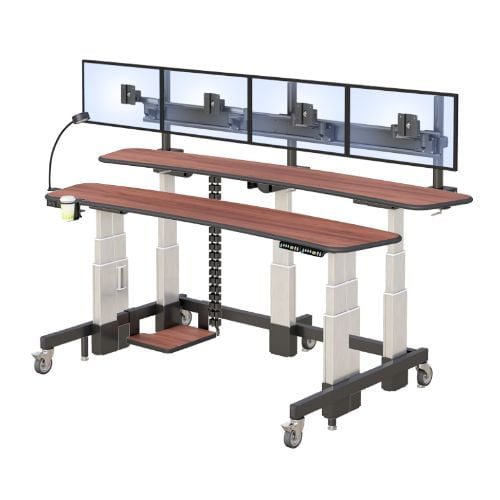
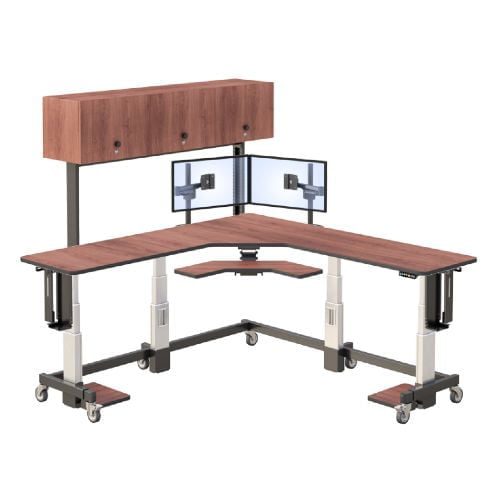
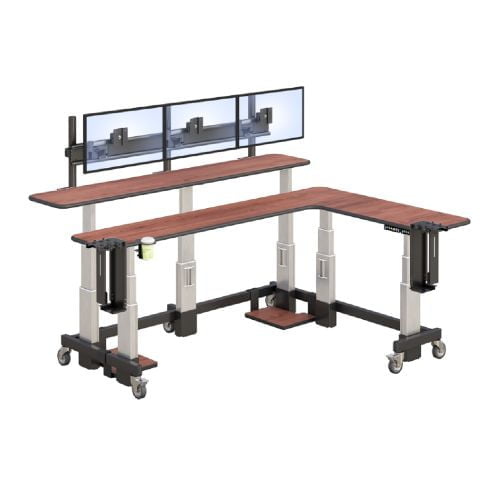
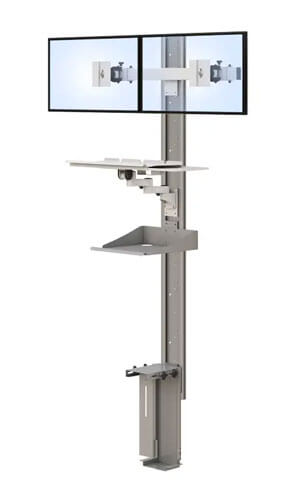
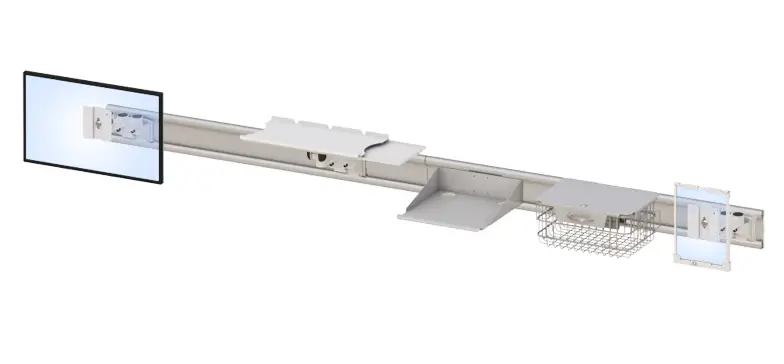
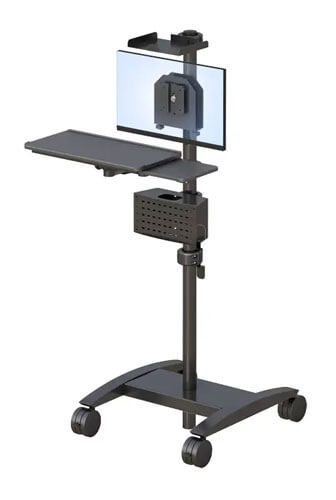
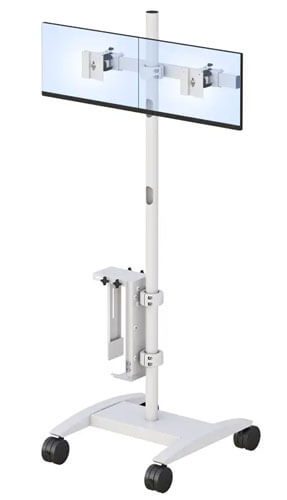
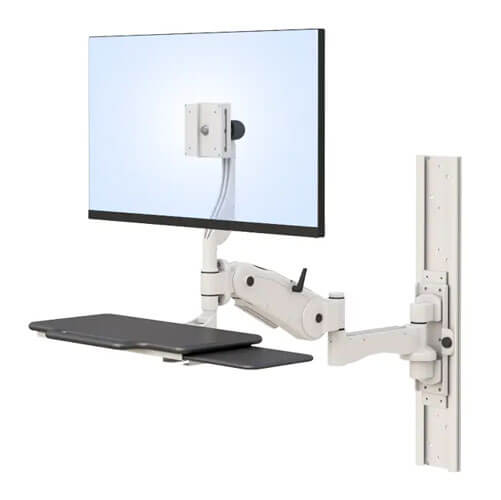
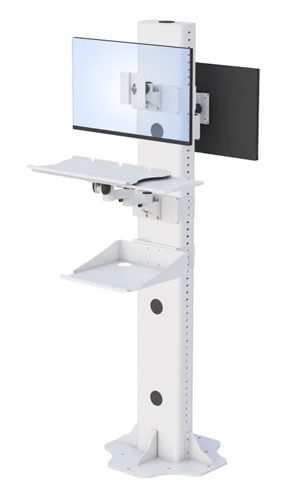
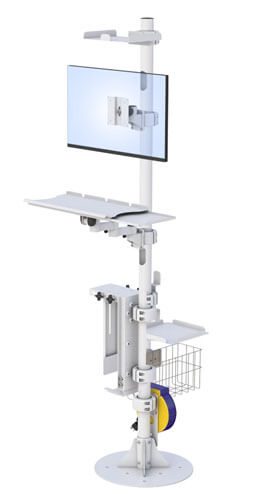
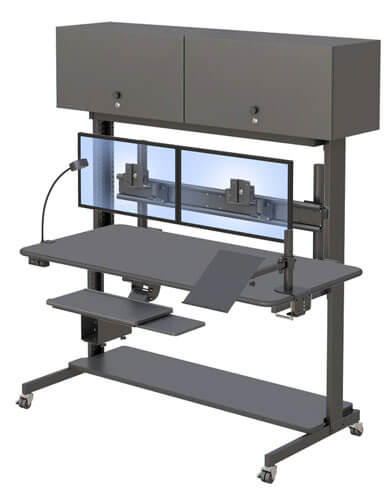
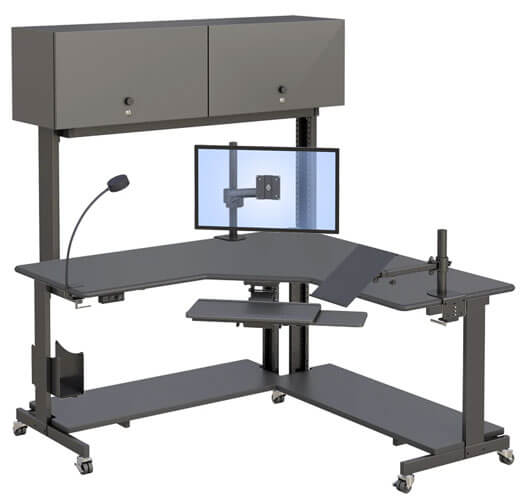
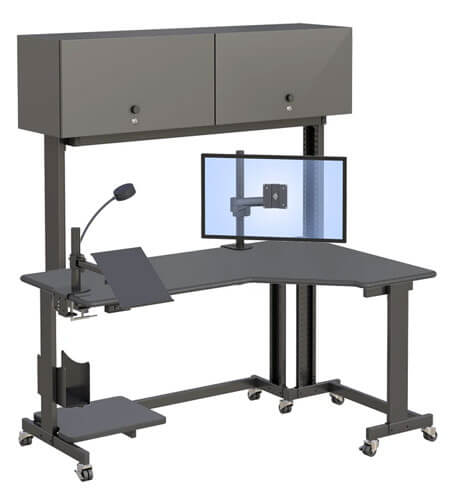
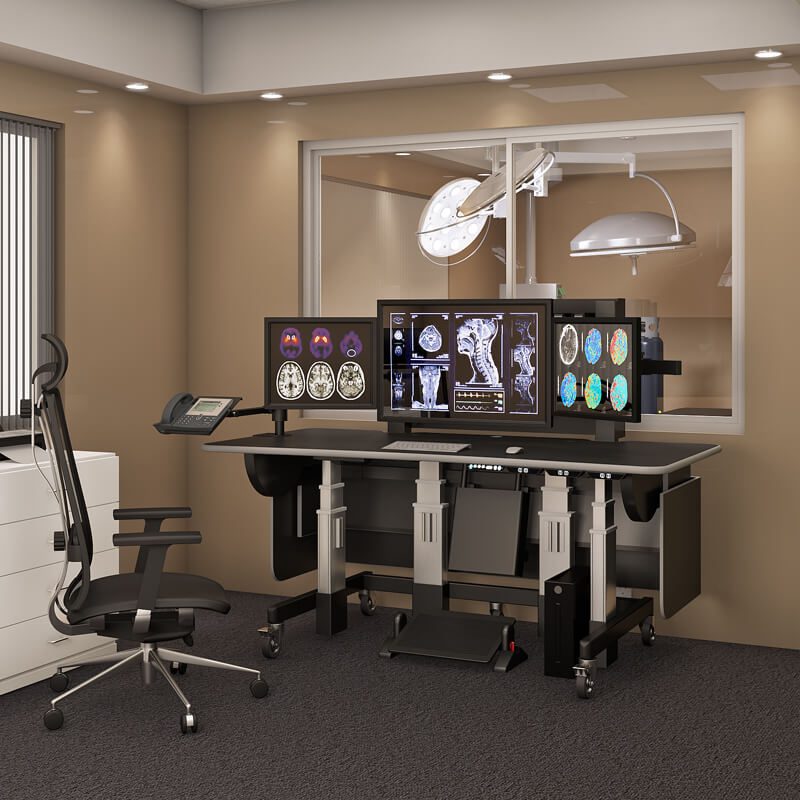 Improved Productivity:
Improved Productivity: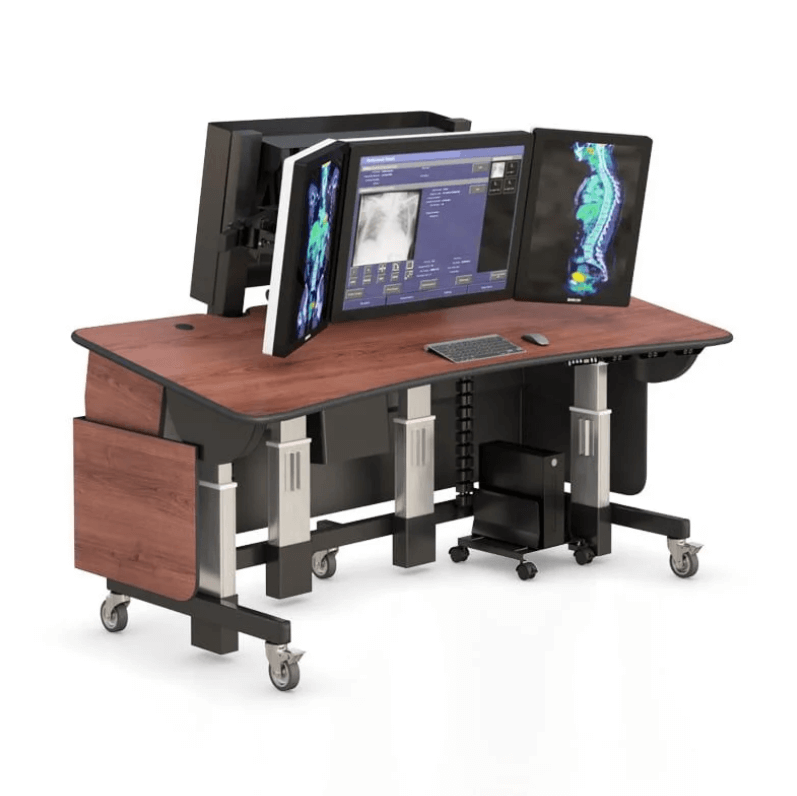 Future-Proofing:
Future-Proofing: